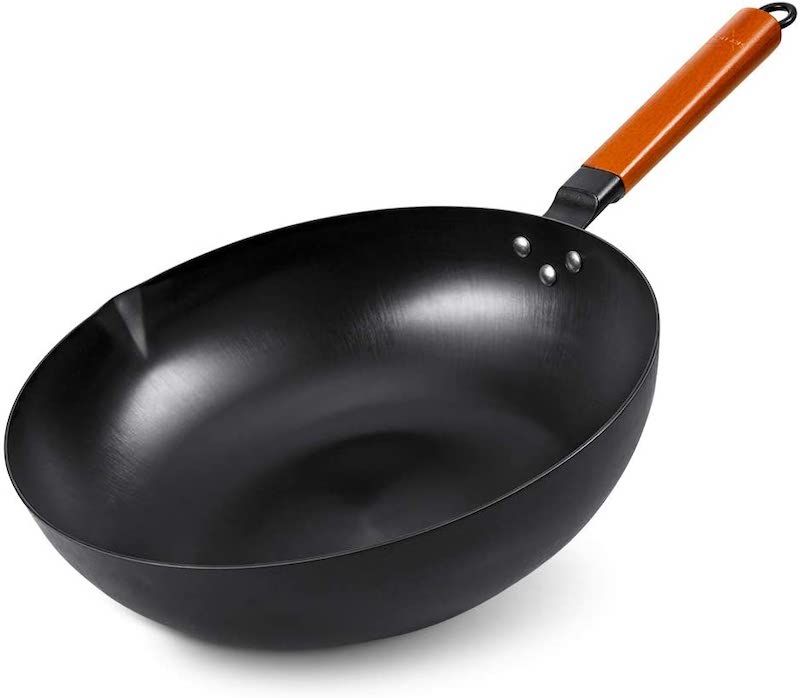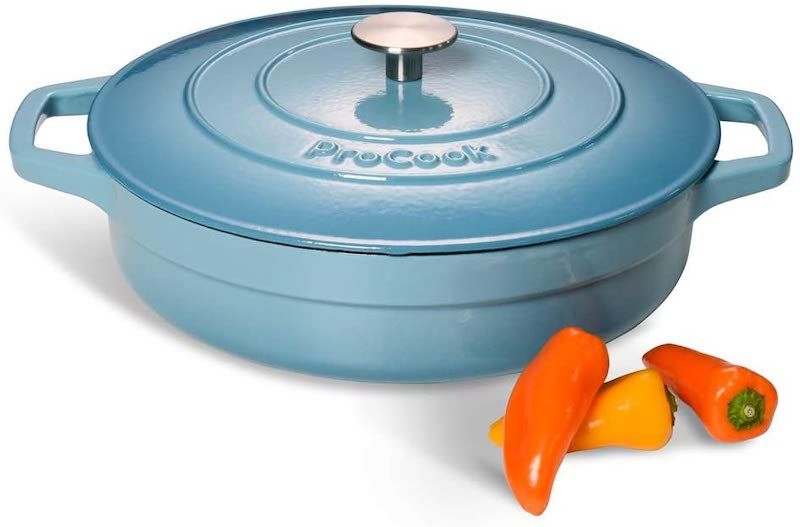Here’s why. Induction hobs work differently to electric hobs, which produce radiant heat, and gas hobs, which cook thermally. These hobs work in a straightforward way. Put anything on a gas or electric hob and it’ll get hot. Induction hobs are different.
Why don’t all pans work on an induction hob?
An induction hob works using magnetic conduction. Under the glass surface of an induction hob is a copper coil. When a pan that can conduct electricity is put on the hob, an alternating electric current passes through it and heats up the base of the pan. The pan becomes the heat source for your food, which is why induction cooking is so efficient. You’re not wasting heat warming up the air around the pan. But when something non-magnetic touches the hob, it just won’t warm up. You can test this by switching on the hob and placing an ice cube on its surface. It won’t melt any faster than an ice cube you leave on the counter. (You still need to be careful with induction hobs. The surface of the induction hob will be warm from the heat of a pan when you’ve just removed one – and the pan itself will be very hot!)
Which pots and pans can you use?
To cook on an induction hob, you can only use pans with magnetic properties, so they can conduct electricity. All of your pots and pans must have bases of ferrous metals. Ferrous metals are those that contain iron – that means steel and cast iron. Pans made of aluminium, brass and copper won’t work unless they’re specially designed for induction and have a ferrous base. Stainless steel will only work if its base is made of magnetic grade steel.
How can I tell if my current cookware will work on an induction hob?
You can use the magnet test. You can find out if your existing pans will work on an induction hob by seeing if a fridge magnet (or any other kind) will stick to the base of the pan. It has to really stick on. If there’s only a weak pull – or none at all – the pan won’t work. Your cookware also needs a flat base so it can properly receive the magnetic charge. A traditional wok is much less effective on an induction hob. A flat-based one like this one by Skylight, which is available for £39.97, will give much better results.
What to look for when buying
If you find that you have to replace your favourite cookware, you’ll be able to choose from a range of materials: non-stick, copper core, stainless steel, ceramic, cast iron or enamel. The difference is that the items will be designed for induction cookers and will have an induction-friendly base. Compatible cookware will always say that it’s induction friendly or feature an induction symbol on its packaging. The symbol looks like a coil.
Can I use ceramic or enamelled pans?
Surprisingly, a number of ceramic-coated and enamelled pots and pans – including those from Le Creuset – will work on an induction hob. That’s because the ceramic or enamel is covering a cast-iron pot. Not all pots and pans from this brand will necessarily work, so check before you buy. For a slightly more budget-friendly option, you can get this enamelled ProCook casserole dish for £69. It can be used in the oven or on the hob.
What about non-stick pans?
There is plenty of induction-friendly cookware with non-stick surfaces around. If you need to replace an entire set of pots and pans, you can get the five-piece set of Tefal non-stick cookware shown in the top picture (comprising three pots and two pans) for £93.99, down from an RRP of £120. For a more budget-friendly option, this three-piece set of frying pans from Nuovva is only £34.99. They have a non-stick coating, wooden handles and copper sides. For more advice on getting the most from your induction hob, have a look at our article on how to clean it. Emma is Home Tech Editor at Tech Advisor. She covers everything from kitchen appliances to smart home devices, from floor care to personal care to air care technology. She’s particularly interested in environmentally conscious brands and products that save people time and money.





